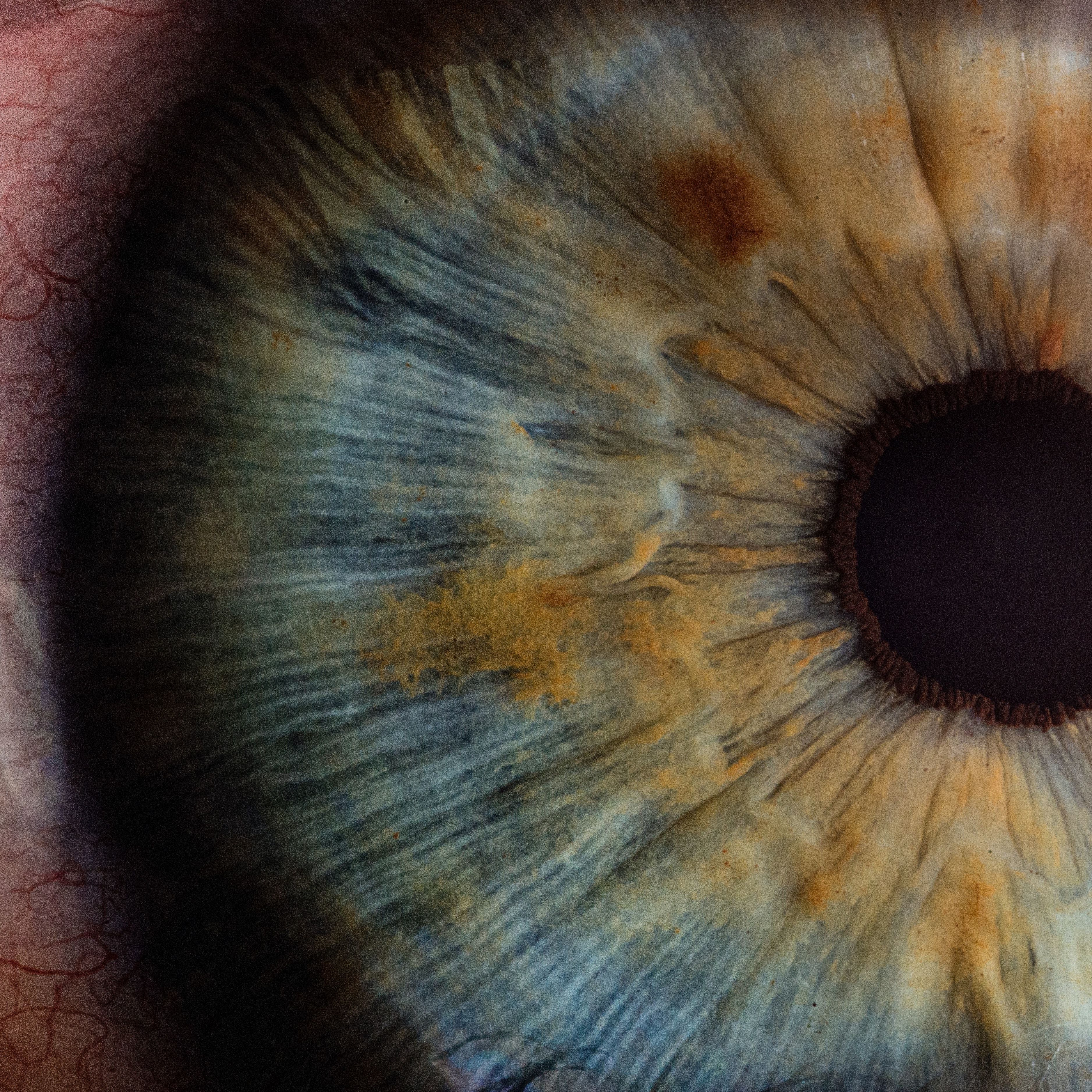Article
FDA Approves Ruxolitinib for Steroid-Refractory GVHD
Author(s):
The first-in-class JAK1/JAK2 inhibitor from Incyte has become the first therapy to receive indication for these patients, which make up about half of the acute GVHD population.

The US Food and Drug Administration (FDA) approved ruxolitinib (Jafaki) for the treatment of patients aged 12 years and older with steroid-refractory acute graft versus-host disease (GVHD).
With the approval, the first-in-class JAK1/JAK2 inhibitor from Incyte has become the first therapy to receive indication for these patients.
Ruxolitinib was previously approved for the treatment of polycythemia vera (PV) in adult patients with an inadequate response/intolerance to hydroxyurea, as well as for several variations of myelofibrosis (MF). It was granted Breakthrough Therapy Designation and Orphan Drug Designation for steroid-refractory acute GVHD, and its supplementary new drug application (sNDA) was processed under Priority Review.
GVHD commonly occurs after an allogenic stem cell transplant wherein transplanted cells attack the recipient’s organs during an immune response. Both the acute and chronic form of the condition are associated with significant morbidity and mortality, while the steroid-refractory acute form can lead to severe disease and an approximate 70% one-year mortality rate.
The sNDA for ruxolitinib was based on data from the open-label, single-arm, multicenter REACH1 study, in which the therapy plus corticosteroids were administered to patients with steroid-refractory grade 2-4 acute GVHD. The 71-patient population consisted of 49 who were refractory to lone steroids, 12 who had received at least 2 prior anti-GVHD therapies, and 10 who did not meet the FDA definition for steroid refraction.
Investigators administered 5 mg ruxolitinib twice daily, with a dose increase to 10 mg after 3 days if patients reported no toxicity. They evaluated efficacy based on overall response rate (ORR) under the Center for International Blood and Marrow Transplant Research (CIBMTR) criteria at 28 days.
The ORR in the 49 lone steroid-refractory patients was 57%, with a complete response (CR) rate of 31%. Frequently reported adverse reactions among all study participants included infections (55%) and edema (51%), while common laboratory abnormalities included anemia (75%), thrombocytopenia (75%), and neutropenia (58%).
Ruxolitinib is associated with serious side effects including low blood counts, infection, skin cancers, and cholesterol increases.
For this newest indication, Incyte intends to make the therapy immediately available, and has pledged commitment to helping remove barriers to treatment access for at-need patients. The access is critical for the approximate half of acute GVHD patients who do not respond to steroid treatment, lead REACH1 investigator Madan Jagasia, MBBS, MS, MMHC, said in a statement.
“While allogeneic stem cell transplants have the potential to transform people’s lives, the onset of acute GVHD can significantly impact their prognosis,” Jagasia said. “I am excited that we now have Jakafi as a new treatment option for acute GVHD patients that do not respond to corticosteroids who, until now, have had limited choices.”





